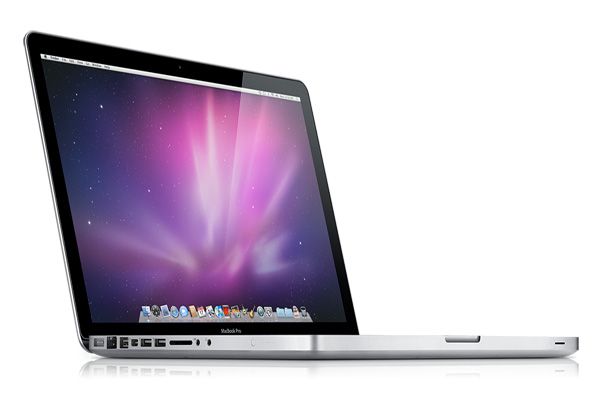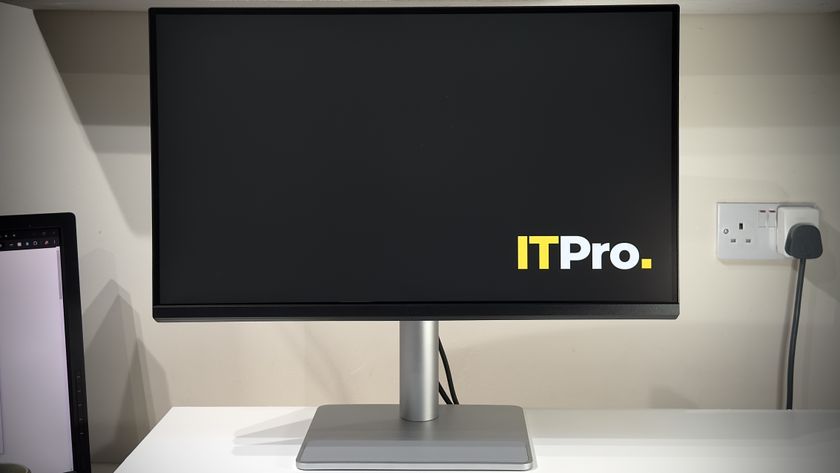Where this MacBook really took us by surprise is its battery life. It played an H.264 video for five hours and three minutes, and in our light-use wireless browsing and word processing test it slightly exceeded Apple's expected eight to nine hours, lasting for nine hours and 13 minutes. Bear in mind that it depends on the sort of web content you're viewing, so watching a lot of video will bring that down.
There's no question that the processor combination in this model is a huge boon to performance, but if you're not really going to stretch performance with some serious number crunching applications, virtualised operating systems and maybe even some gaming in your spare time, take a look at one of the Core i5 versions - the 2.4GHz one is 300 less than this Core i7 - and consider spending the difference on some of the intriguing build-to-order options that, for basic office tasks, will prove more practical from day to day.
Top of that list is the chance to increase the standard display resolution from 1440 x 900 pixels to 1680 x 1050 pixels, which is great if you want to see more of large spreadsheets or squeeze more windows onto the screen at once. That costs 80.01 on any of the 15in models, and add another 39.99 to that and you get an anti-glare finish - great news if you regularly travel by train and are subject to uncontrollable lighting conditions. However, brace yourself for the frustrating fact that Apple won't let you have that on the regular display.
Despite the Pro label and the price tag, every off-the-shelf MacBook Pro has a 5400rpm hard drive. That can be upgraded to a faster 7200rpm drive for only 39.99 on this model (and the 2.53GHz Core i5; it's more expensive at the entry level as you have to upgrade its capacity to get the speed increase). Solid-state drive options are either impractically small at 160 for 128GB or unpalatably expensive at 1,039.99 for 512MB.












